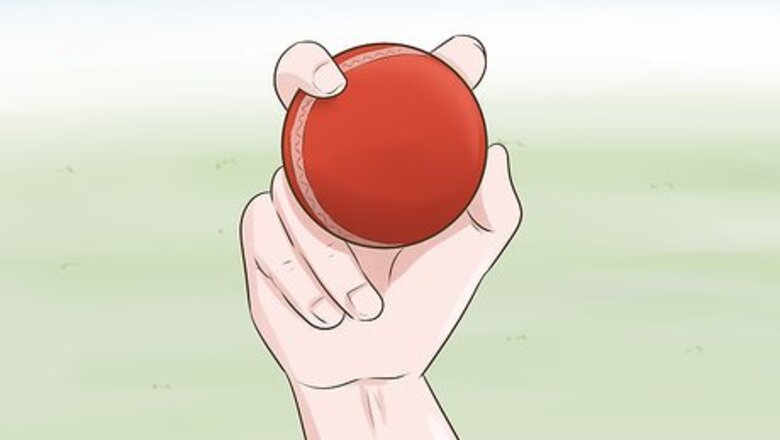
views
X
Research source
To the untrained eye, both bowls look identical to each other. However, as any professional player will tell you, the secret is in the twist of the wrist.
Bowling the Doosra
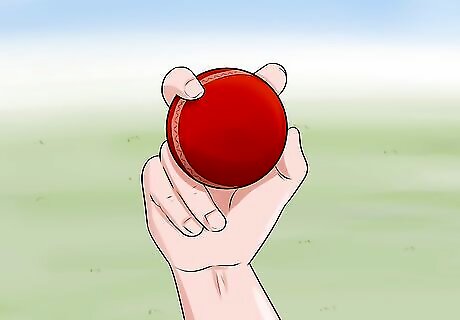
Hold the ball like a fast bowler. Position your index and middle fingers on either side of the seam. For better ball control, your index finger should just about touch the seam. Your thumb may rest on the ball, but this usually doesn't affect delivery. Use your remaining two fingers to hold the ball in place.
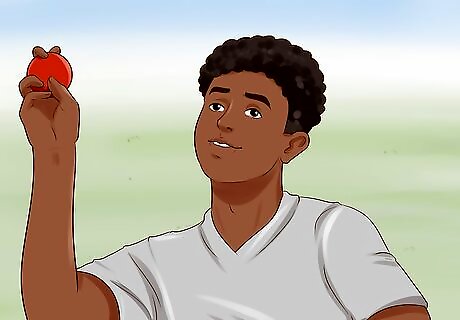
Position your bowling arm vertically and close to your head. Place your wrist at its highest point with your palm facing left (roughly towards the cover position). Keep your arm bent at 15 degrees or less. Anything more than 15 degrees is considered illegal in cricket.
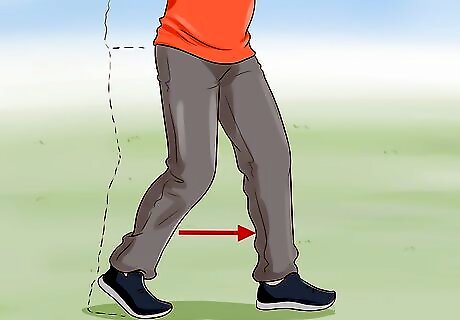
Step forward with your non-dominant foot. Plant the sole of your foot flat on the ground. Position the leg on your bowling side behind you with your toe pointed. Make sure your feet remain aligned during this step.
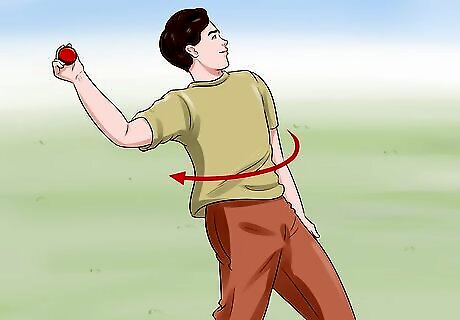
Rotate your torso. Pivot your waist at a perpendicular angle from the batter. Position your torso toward the side of your bowling hand. For example, if you're bowling with your right hand, your torso should face right.
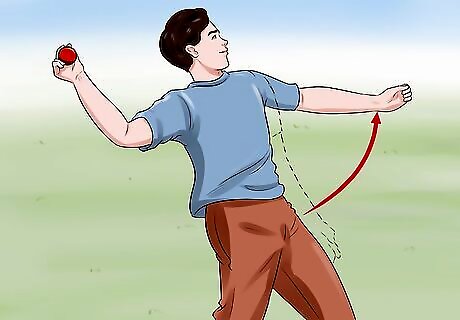
Raise your non-bowling arm. This will help to keep your body balanced. Rotate your shoulder so that your arm is above your head. Bend the elbow of this arm. Position the forearm and hand of this arm toward your bowling hand.
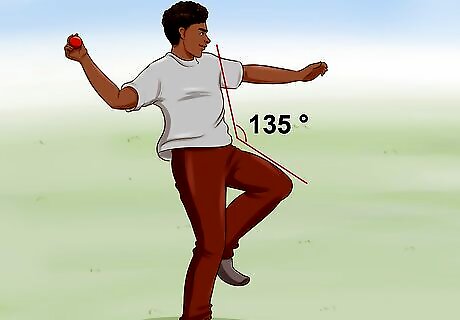
Position your legs. Raise the thigh on your non-bowling side, with your shin and foot helping to form a 135-degree angle. Position your knee slightly toward your bowling hand. Keep the foot on your bowling side planted flat on the ground.
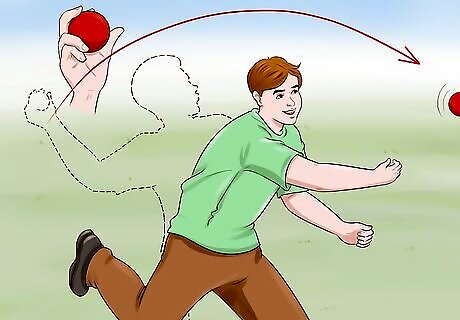
Deliver the ball. Keep the back of your hand facing square leg. Move your index finger downwards over the ball. Right before you release the ball, bend your elbow. Just before release, bend your wrist inward. As you deliver the ball, spin it as you would in an off-break.
Bowling the Googly
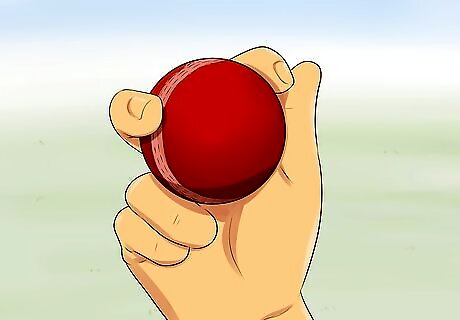
Hold the ball as if you want to do a leg break. Place the ball between the index finger and middle finger of your dominant hand. Make sure the seam of the ball runs perpendicular to your fingers. Place your thumb along the seam. Bend your ring finger and move your middle finger to the top of the ball. Place your ring finger on the opposite side of your index finger so that the ball is resting in these three fingers. Put your pinky alongside your ring finger.
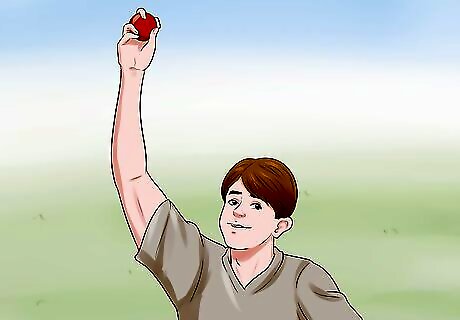
Position your bowling arm. Raise your dominant arm straight up over your head. Turn your elbow outward, keeping it straight. If you're using your right hand, twist your forearm towards the left. Turn it to the right if you're left-handed.
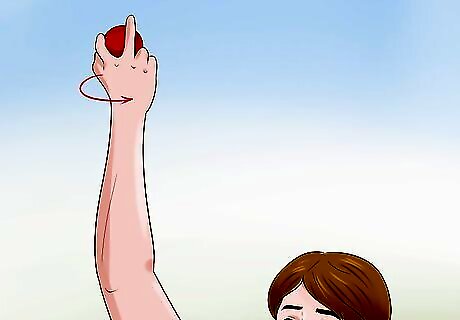
Twist your hand. Make sure your palm is open and relaxed. Turn it upward, towards the sky or ceiling. Then, turn the back of your hand towards the batter so that it's perpendicular to the ground.
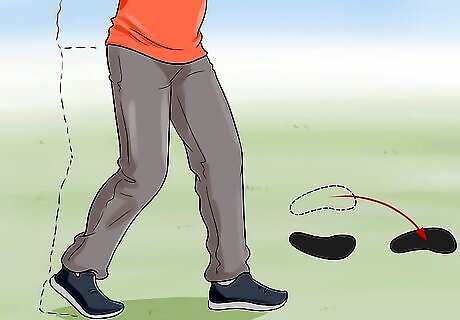
Step forward. Do this with the opposite foot of your bowling side. (For example, if you're bowling with your right hand, you'll step forward with your left foot.) Make sure this foot is flat on the ground. Keep the leg on your bowling side behind you with your toe pointed. This foot should be aligned directly behind the other.
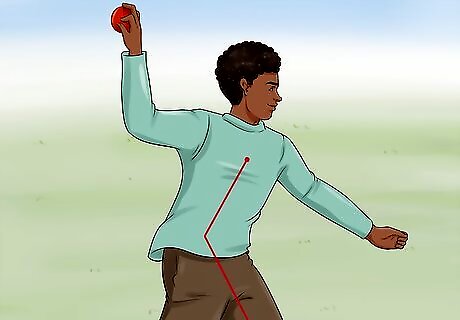
Bend at the waist. Face the batter as you do this. Tilt towards the opposite of your dominant side. Allow your bowling arm and foot/leg positions to guide you into this position.
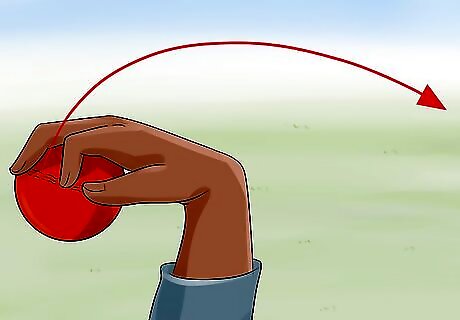
Release the ball. Position your wrist 180 degrees from the ground. As you do this, make sure the seam of the ball faces fine leg. Use your ring finger to turn the ball counterclockwise and bowl it toward the batter.













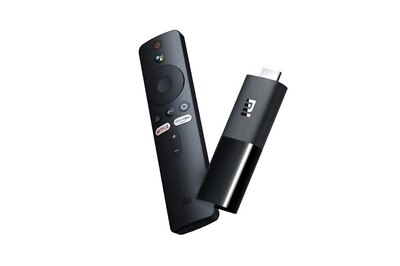


Comments
0 comment